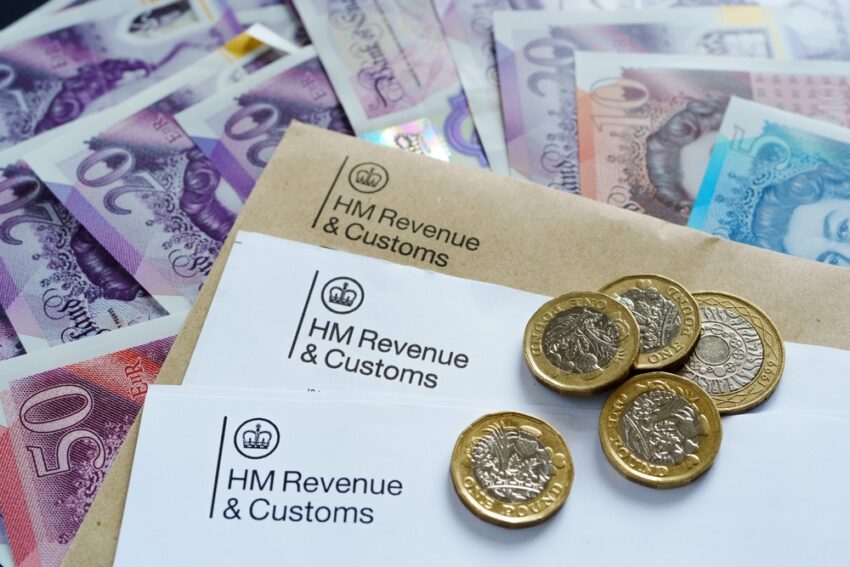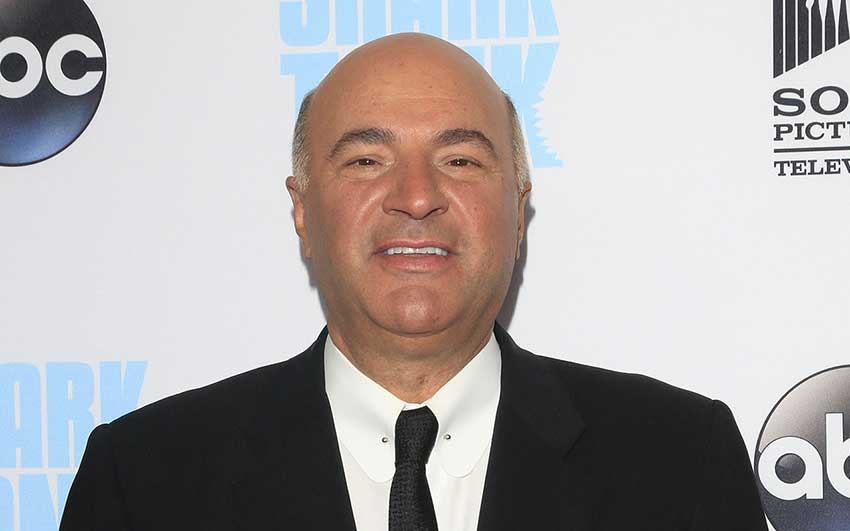PSU steel-major, SAIL has put its capex plans “under-review” following a continued fall in steel prices, rising imports of the alloy from China and its own high debt position. The price slump of the metal, if it continues, could have an adverse impact on capex plans of other sectoral CPSEs too, a Steel Ministry official told businessline.
SAIL (Steel Authority of India Ltd), has a ₹6,500 crore capex plan for FY25, which is on-track. But future expansion projects – pegged at ₹100,000 crore taking capacity to 35 million tonne per annum (mtpa) is being reviewed. There are apprehensions that investments could be “get staggered” if depressed conditions persist.
The expansion plan was green-lighted by the Ministry; and most of SAIL’s capex flow were expected FY26 onwards, particularly the second half of next fiscal. Funding was through internal accruals, banking on improved steel demand and favourable price. As per the initial plans, the company was to “freeze most contracts for IISCO modernisation and some of the major projects” which included revamping of the blast furnace of Durgapur and the bar mill there. Capex was planned to be higher than FY25 levels.
The steel-major is yet to respond to queries from businessline.
“Review is being carried out of capex plans. These could be spread out now in view of factors like available profits, steel prices and demand. But, if the market continues to be as depressed, as they are now, another 6–9 months into 2025, then there could be delays,” an official said.
Increasing imports
Sources said the surge of exports from China has dented international prices in a big way. And performance of the industry, in-general; and SAIL in particular, was impacted “significantly” (on the back of international price trends).
“Market conditions are still depressed,” a participant said.
In January, trade level hot rolled coil (HRC) prices stood at ₹46,600 per tonne, down one per cent-odd over December prices of ₹46,900 per tonne; whereas Chinese imports saw a 1.2 per cent decline to ₹48,900 per tonne, as against ₹49,500 per tonne in the previous month, data from market intelligence firm, BigMint, showed.
SAIL also has a problem of high debt. Net debt rose to ₹35,000 crore, up by around ₹5,000 crore from FY24 levels. And according to the management commentary, during a post results analysts call, this increase is primarily because of a build-up of finished goods inventory ahead of a planned shutdown at one of its plants.
Debt levels to return to FY24 levels by the end of FY25, a company source said.
Other CPSEs
At present, there is no change in capex plans of NMDC, the largest iron ore merchant miner in the country. However, iron ore outlook continues to be bearish in 2025 in view of excess stocks and a slowdown in China, the largest consumer of the steel-making feedstock.
Ministry officials said, some positive movement in steel price – and iron ore outlook – is expected over the next six months as the probe into Chinese dumping and imposition of safeguard duty materialise. Further policy interventions are expected too.
“Capex of CPSEs could get staggered if steel prices remain as depressed as they are now. At these prices, some of the investments are not viable,” the official said.









Leave a Comment